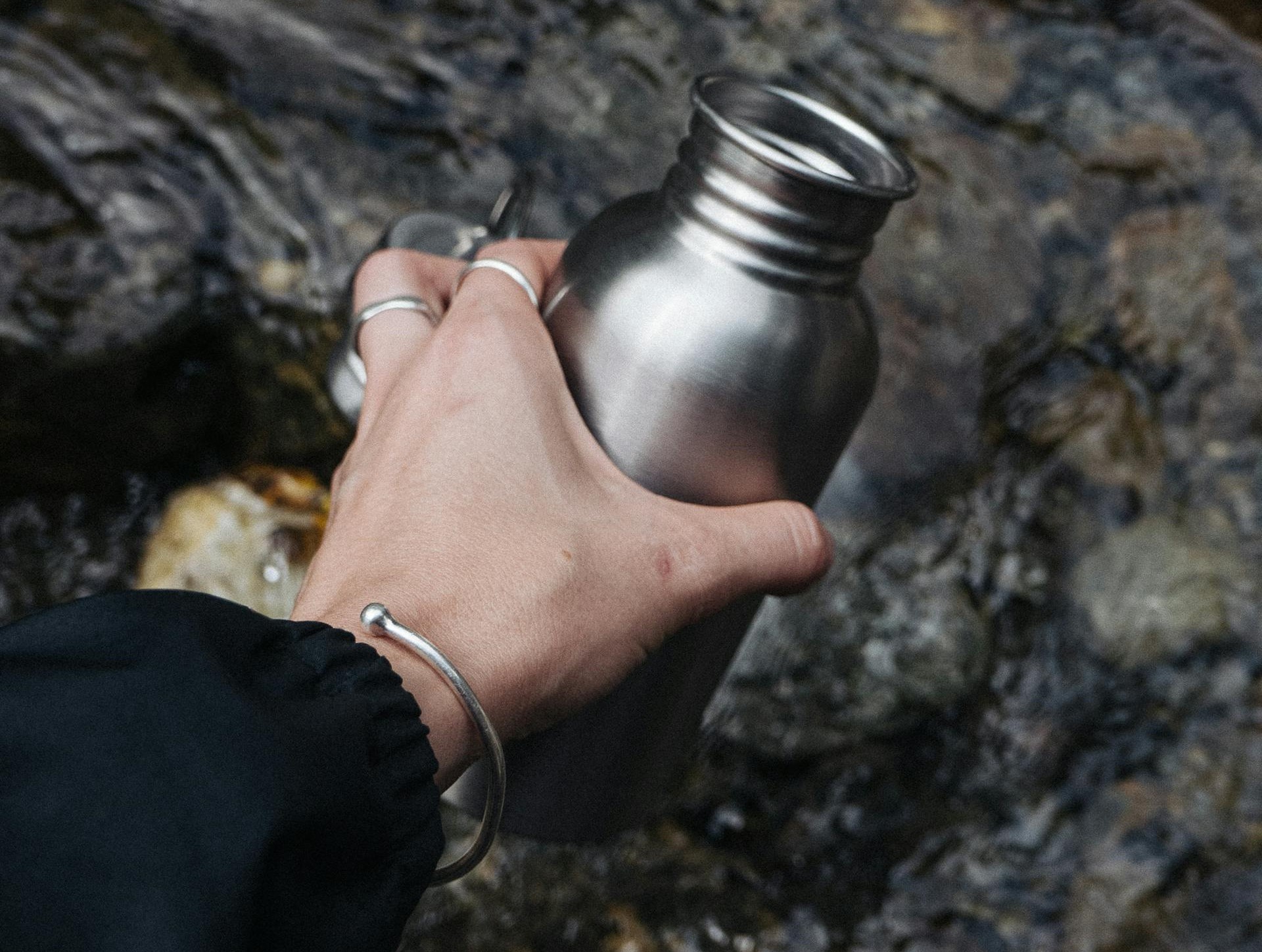Stainless steel water bottles have become a popular choice for hydration, praised for their durability, insulation, and safety. But recent concerns have surfaced around a hidden danger in some models: lead. So, do all stainless-steel water bottles leach lead? The short answer is no, but some insulated bottles might pose a risk, depending on how they’re made.
Stainless steel is an alloy primarily composed of iron, chromium, and nickel. These elements make it corrosion-resistant and safe for food and beverage contact. Importantly, standard stainless steel does not contain lead. So why the concern?
Where Lead Might Be Hiding
The issue arises not from the stainless steel itself, but from the manufacturing process of insulated bottles. Many double-walled vacuum-insulated bottles use a sealing dot, a small plug at the base or between the walls, to create the vacuum. In some cases, this dot contains lead. Lead is sometimes used in this component because it’s inexpensive and has a low melting point, making it easy to work with during manufacturing.
However, if this sealing dot becomes exposed due to wear, damage, or poor design, it can pose a health risk. While the lead is usually covered by a protective layer such as paint or epoxy, any breach in that layer could allow direct contact with lead. This is especially concerning if the bottom of the bottle is chipped or deteriorating, as it could expose users to lead through touch or contamination—not necessarily through leaching into the liquid inside.
Not All Bottles Are Created Equal
It’s important to note that not all insulated bottles use lead in their sealing dots. Many manufacturers have adopted lead-free alternatives, such as stainless-steel plugs or lead-free solder, to eliminate this risk. So, while some insulated bottles may pose a danger, it’s not a universal issue across all brands or models.
Independent testing groups have found lead in the sealing dots of several popular brands. These findings have prompted increased scrutiny and consumer awareness. Some brands now disclose their use of lead-free components or undergo third-party testing to certify safety.
What You Can Do
To minimize risk, you should choose bottles labeled lead-free or verified by independent testing. Avoid bottles with visible plugs or dots on the bottom unless the manufacturer confirms they are safe. Consider brands that disclose their manufacturing practices or use lead-free solder. And if a bottle shows signs of damage or wear, especially around the base, it’s best to stop using it.
Over the past two years, growing consumer awareness and advocacy have pushed many manufacturers to reevaluate their materials and processes. Several brands have confirmed their transition to lead-free sealing methods, while others have issued updates, replacements, or safety statements in response to public concern. This shift reflects a broader industry trend toward transparency and safer design, making it easier than ever for consumers to choose bottles that align with their health and safety priorities.
Brands That Have Gone Lead-Free
These companies either never used lead or have redesigned their bottles to ensure safety:
| Brand | Lead-Free Status | Notes |
|---|---|---|
| Hydro Flask | Confirmed lead-free | Uses TempShield™ insulation |
| Klean Kanteen | Lead-free | Strong environmental and safety standards |
| EcoVessel | Lead-free | Triple-insulated, eco-friendly |
| Yeti | Lead-free in newer models | Popular for rugged design |
| Iron Flask | Lead-free | Emphasizes safe construction |
| Takeya | Lead-free | No exposed sealing dots |
| ThermoFlask | Transitioning | Older models may contain lead |
| Stanley | Mixed | Some models had exposed lead; replacements offered |
Sources: Independent testing and brand disclosures. This information is up to date as of 2025.
How to Verify Your Bottle
- Look for Prop 65 compliance or third-party lab testing.
- Check the brand’s website for material transparency.
- Follow independent testers who regularly publish findings on consumer goods.
Final Thoughts
While most stainless-steel water bottles are generally safe, not all insulated models are created with the same level of care. The risk of lead exposure is low, but it becomes more concerning if the bottle is poorly made or shows signs of damage, especially around the base. By choosing reputable, lead-free brands and regularly checking your bottle for wear and tear, you can confidently enjoy the convenience and safety of stainless steel without worrying about hidden hazards
